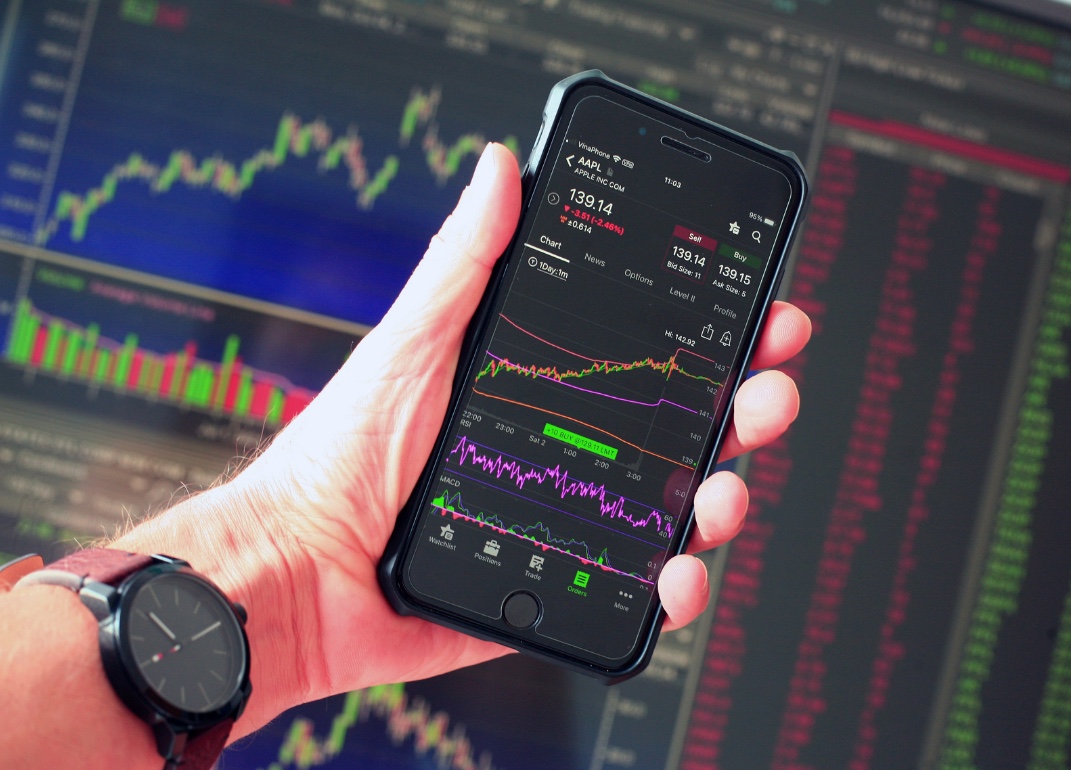ETF investing has always been sold as the safe play. Low fees, broad exposure, just buy the basket and forget about it. For years, it worked. But lately, something strange has been happening, certain sector ETFs are behaving more like meme stocks than diversified funds.
The answer lies in a powerful force that’s reshaping how prices behave: passive retail flows. These flows are creating mini-bubbles in specific ETFs. And if you’re not paying attention, you might be trading something that’s less diversified than it looks.
Let’s unpack how passive flows work, why they’re skewing sector ETFs, and what it means for traders trying to find real edge in a distorted market.
First: What Are Passive Retail Flows?
When we say passive, we don’t mean lazy. We mean non-discretionary buying — flows driven by:
- Auto-investing apps
- Monthly 401(k) or RRSP contributions
- Target-date funds or robo-advisors
- “Buy-the-dip” ETF strategies
These flows don’t care about price. They don’t evaluate valuations or rotation trends. They just push money into the market on a fixed schedule.
For anyone learning how to invest in ETFs, this is a key dynamic to understand. It’s not just about picking a fund, it’s about knowing how consistent inflows can distort short-term pricing, especially when retail platforms make it easy to chase hot sectors like cybersecurity, clean energy, AI, or biotech.
Why Sector ETFs Are Vulnerable to Mini-Bubbles
Unlike broad ETFs like the S&P 500 or MSCI World, sector ETFs are more concentrated. Many are built on 20 to 50 stocks, often with top holdings making up 25% or more of the fund.
Take the VanEck Semiconductor ETF (SMH) in late 2024. It surged more than 40% in six months, not because all chipmakers were doing well, but because:
- Nvidia and Taiwan Semi had momentum
- Retail traders kept pouring into AI-linked ETFs
- Options volume on SMH soared, increasing short-term demand
Result? The entire ETF moved like a single tech stock, volatile, crowded, and detached from the slower-moving companies in its basket.
Over 62% of retail ETF inflows were directed into sector-specific funds, especially those tied to growth narratives like AI, green energy, and defense.
The Feedback Loop That Creates the Bubble
This is how the loop works:
- A sector gets hot — like uranium, AI, or semiconductors
- ETFs tracking that sector attract passive inflows from retail traders
- ETF managers buy more of the same top-weighted stocks. Those stocks rise, pulling the ETF up even further.
- Momentum attracts more passive flows — and the cycle repeats
The problem? Eventually, the fundamentals don’t match the price. A few weak earnings reports or a shift in sentiment, and the whole ETF can unwind fast, especially when the top holdings drive most of the movement.
Why Passive Buying Has More Power Than You Think
One of the side effects of ETFs becoming the default investing choice is that market pricing gets pulled by demand, not just fundamentals.
Let’s say a retail investor puts $500 into a clean energy ETF every month. It seems small. But now imagine:
- 100,000 people doing the same
- Recurring flows on the same calendar days
- Robo-advisors reallocating to “growth themes” based on backtested performance
That’s hundreds of millions flowing into the same instruments, with no sensitivity to valuation. The ETF buys stocks in proportion to the index, regardless of price.
Over time, this creates price behavior that looks parabolic, then unstable.
Why This Matters for Traders
If you’re swing trading or building directional trades on sector ETFs, you need to recognize:
- Liquidity does not mean safety: Just because an ETF trades millions of dollars a day doesn’t mean it’s stable. A few big holdings can move the whole fund.
- Chart setups may lie: A breakout on the ETF might just be momentum in a single stock underneath. If that stock fades, so will the ETF.
- Bear traps are more common: When passive flows dominate, dips get bought aggressively, but when the flow stops, they get dumped just as fast.
Final Thoughts: Passive Doesn’t Mean Predictable
Passive investing was never meant to create bubbles, but in retail-dominated landscape, even passive flows can create distorted outcomes. Sector ETFs, once seen as stable tools for allocation, are now being pushed to extremes by momentum chasers, recurring investments, and speculative buzz.
If you’re a trader, that means you have to look deeper than price action. Ask:
- Who is buying?
- Why are they buying?
Are they buying with intention — or just because an app told them to?
The answers to those questions could help you avoid the next blow-off top — or better yet, trade the reversal when it happens.







